Prof Johannes Carmesin - Academic Website
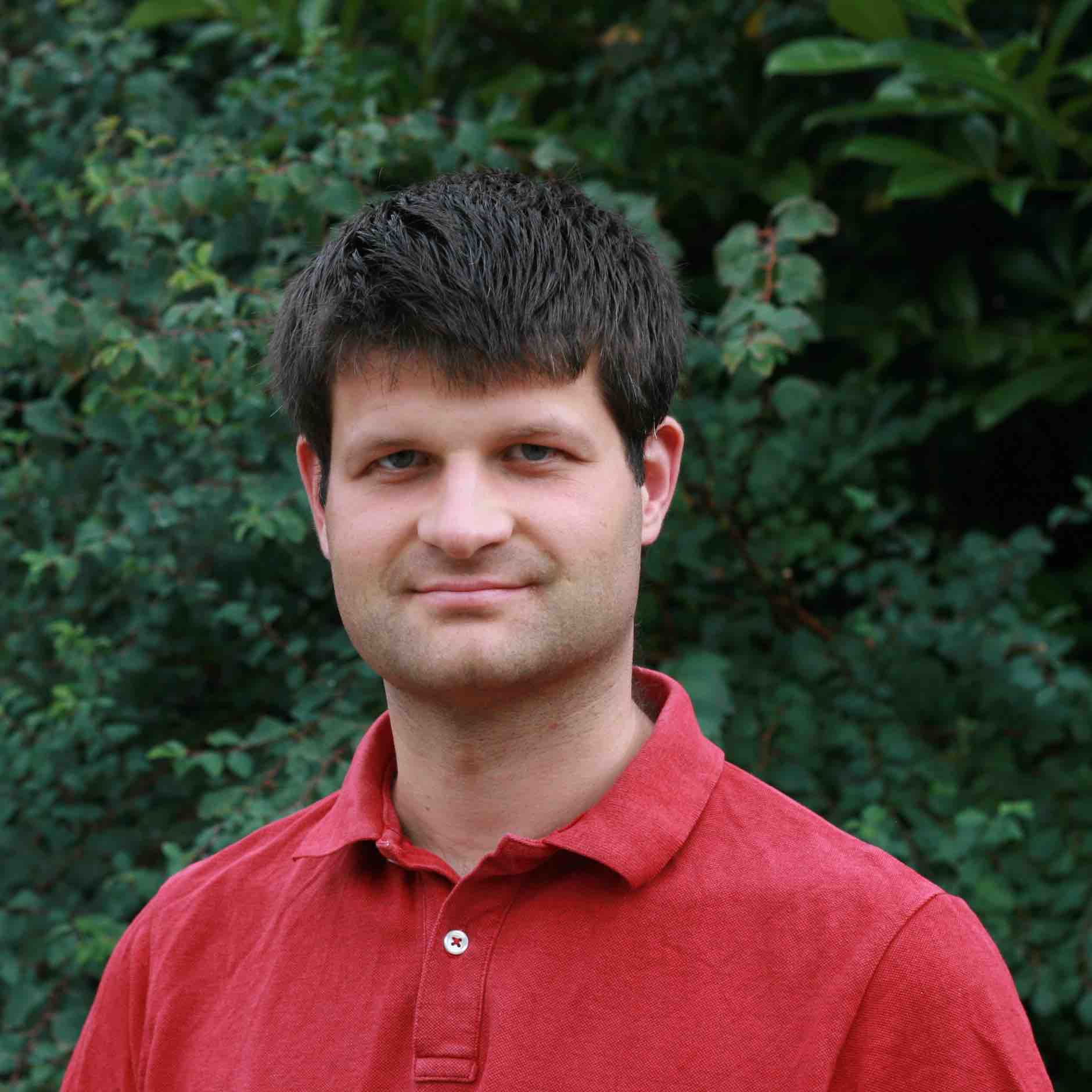
The Discrete Structures group at TU Freiberg works on a broad range of topics in Graph Theory and related areas including Topology and Theoretical Computer Science.
For my 3-dimensional Kuratowski-type theorems, I received the European Prize in Combinatorics in 2023.
CV
Research team:
Dr Jan KurkofkaDr Matthew Kroeker (to begin in May)
Will J. Turner
Tim Planken
Joseph Devine
Recent interns: Romain Bourneuf (2023), Georgios Kontogeorgiou (2022), Lyuben Lichev (2019)
Secretary: Frau Caterina Löschner
Past members
Our research interests include:
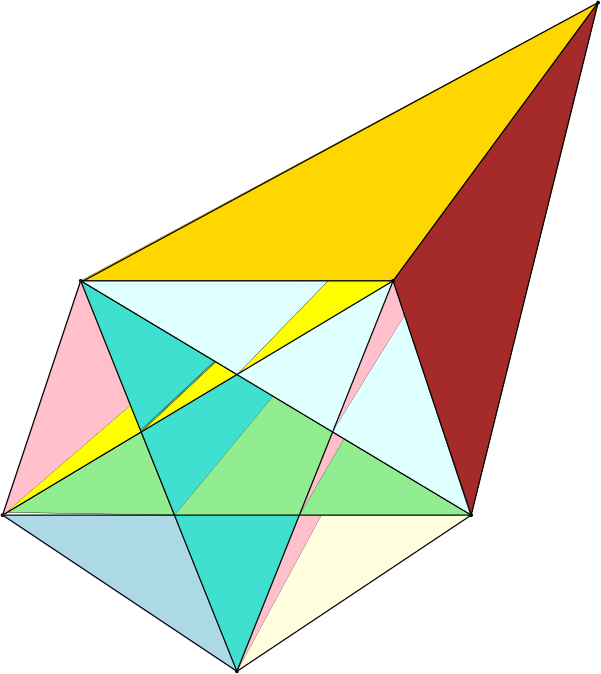
Combinatorics in 3 dimensions
A key goal here is to extend the fundamental methods from Structural Graph Theory to study 2-dimensional simplicial complexes. The starting point for this project is my 3-dimensional analogue of Kuratowski's theorem.
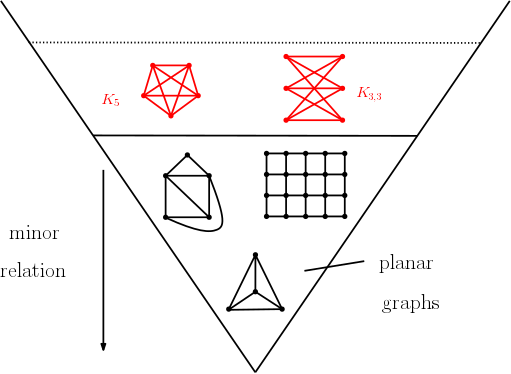
Graph Minors and Connectivity
A minor of a graph is obtained by deleting and contracting edges. The connection of Graph Minor Theory with topology is already apparent from this definition as deletions and contractions are "dual operations" for plane graphs, and even more so in the Graph Minor Structure Theorem of Robertson and Seymour . Here I am particularly interested in studying connectivity and tree-decompositions, and using its methods in other areas. New approaches include "local separators" of graphs as well as "angry theorems" for 3-connected graphs.
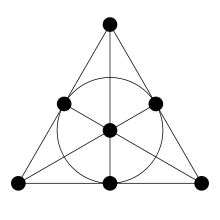
Matroids
A fundamental theorem in Matroid Theory is Whitney's characterisation of graph planarity in terms of matroids. I extended this theorem to 3-dimensional space. Another direction of research is to extend Whitney's theorem to surfaces, which led to a characterisation of graphs admitting locally planar embeddings.
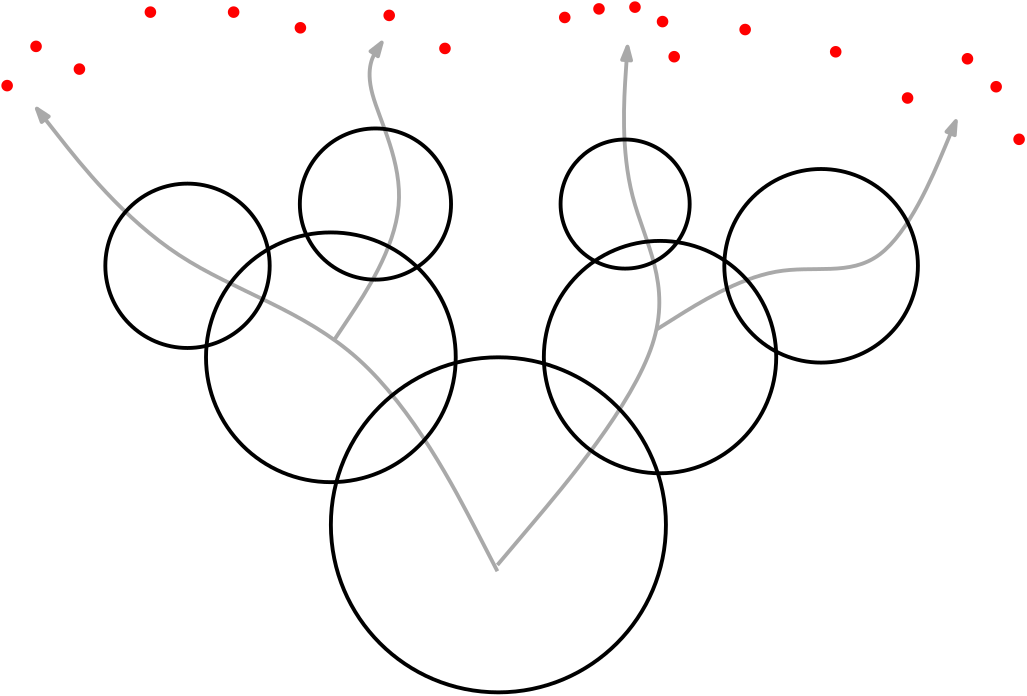
Infinite Graphs
An important tool to study infinite graphs are ends, which can be seen as boundary points at infinity of the graph. In my PhD, I proved Halin's end-faithful spanning-tree conjecture in amended form. A big problem in the area is whether countable graphs are well-quasi ordered (this implies an abundance of well-quasi ordering conjectures in finite graph theory as well).